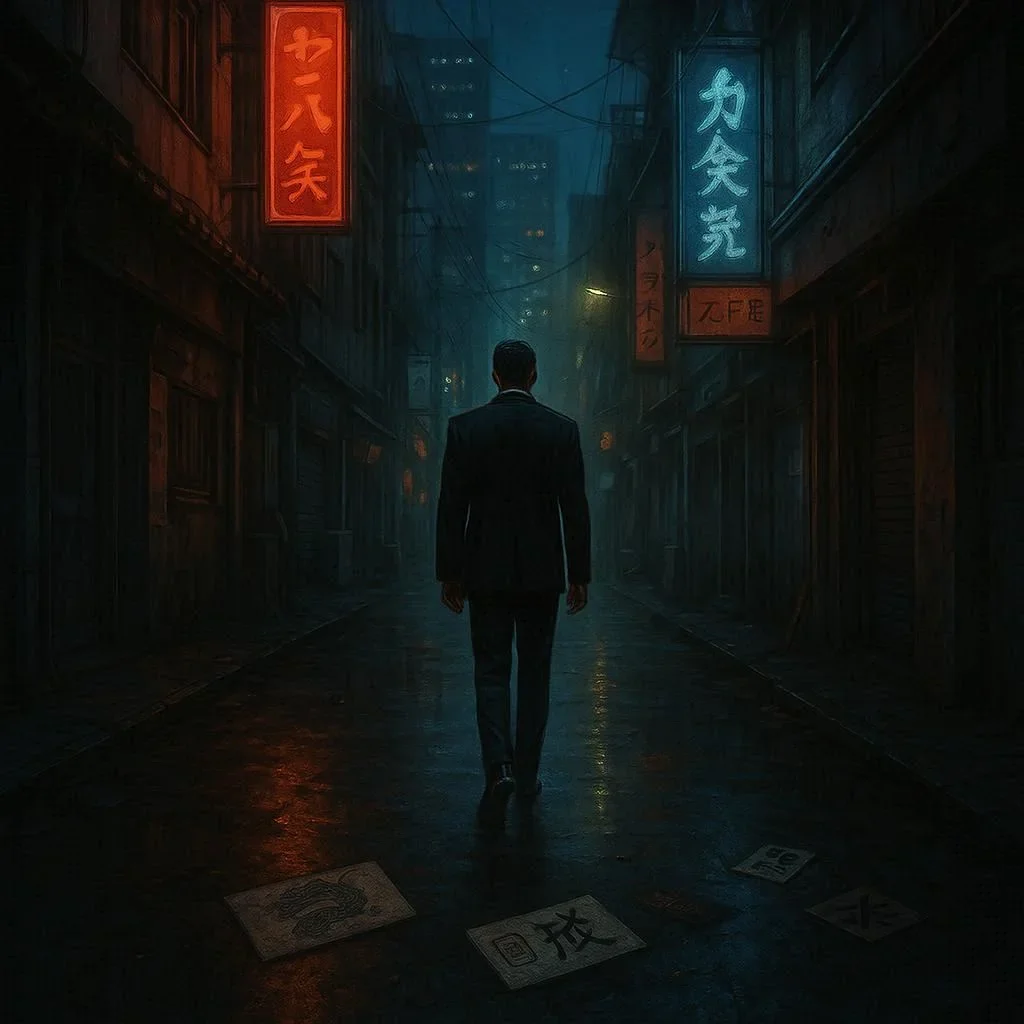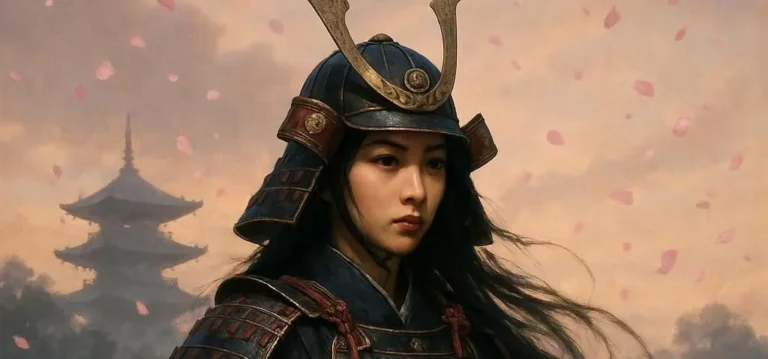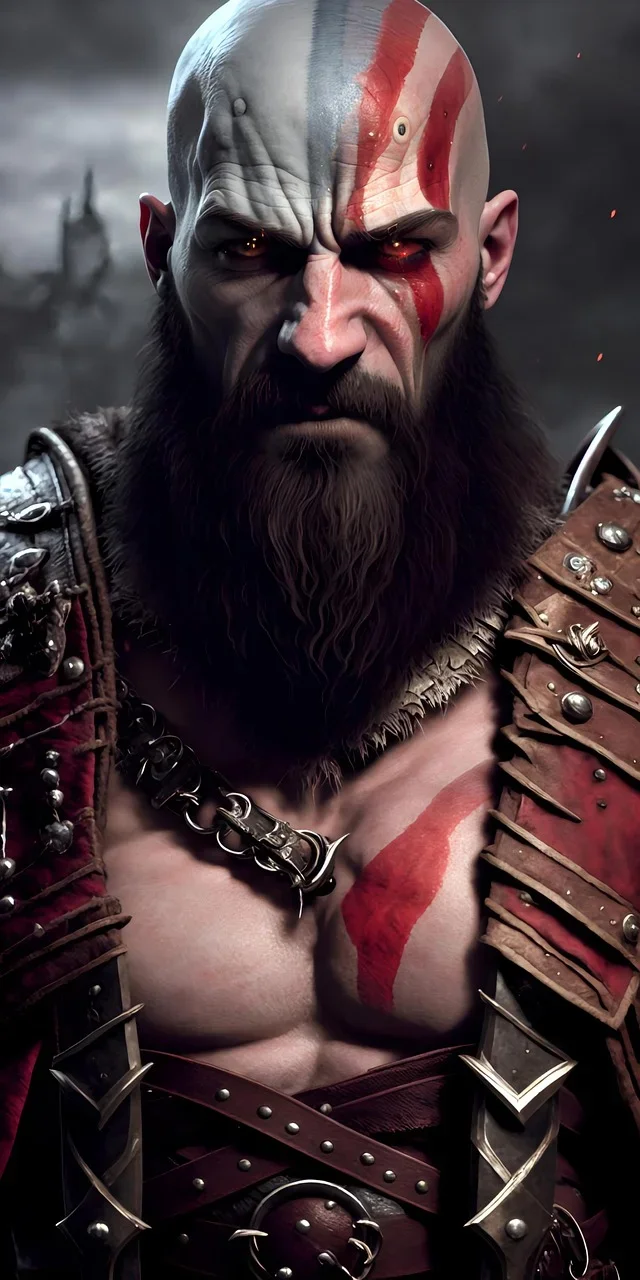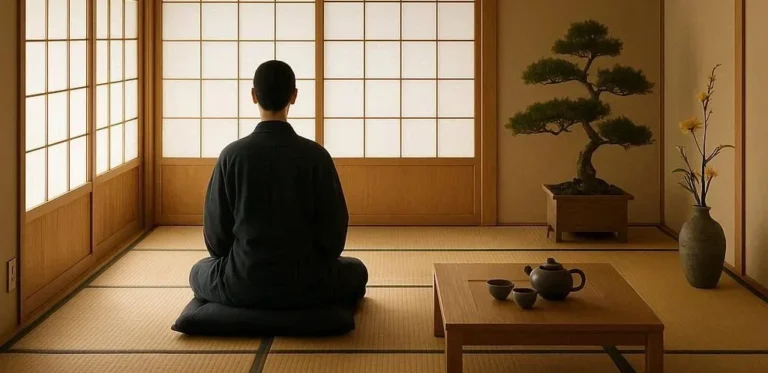506 views The Cultural Heritage of Japanese Calligraphy
The Cultural Heritage of Japanese Calligraphy
Japanese calligraphy, known as Shodō (書道) in Japanese, is a traditional art form deeply rooted in the country’s history and culture. It is more than just the art of writing; it is a spiritual discipline, a meditation, and a connection to the past. Over centuries, Japanese calligraphy has evolved into a unique and elegant form of expression, blending Chinese influences with distinctly Japanese aesthetics. This blog post delves into the cultural heritage of Japanese calligraphy, its history, techniques, and its significance in Japanese society.
The Origins of Japanese Calligraphy
The origins of Japanese calligraphy can be traced back to China, where calligraphy, or shūsho (書経), was considered one of the highest art forms. Chinese calligraphy was introduced to Japan around the 6th century, along with Buddhism and Chinese characters (kanji). Initially, Japanese calligraphy closely resembled Chinese calligraphy, but over time, it developed distinct characteristics and styles that set it apart.
During the Heian period (794–1185 CE), Japanese calligraphy began to flourish. The art form became closely tied to literature, poetry, and religious practices. Aristocrats and high-ranking officials often practiced calligraphy as a way to showcase their intellectual and cultural refinement. The works of famous calligraphers from this period are still admired and studied today.
The Tools and Materials of Shodō
The practice of Shodō requires specific tools and materials, which have remained largely unchanged over the centuries. The four essential tools are:
- Ink (sumi): Made from soot mixed with animal glue, ink is applied using an inkstone (suzuri). The quality of the ink can greatly affect the final result, as it determines the depth and texture of the strokes.
- Brush (fude): Brushes are made from animal hair or synthetic fibers. They come in various sizes and types, each suited for different styles of calligraphy. The flexibility and responsiveness of the brush are crucial for creating the dynamic lines characteristic of Japanese calligraphy.
- Paper (washi): Traditional Japanese paper is made from the bark of the mulberry tree. It is durable and absorbent, allowing for bold and expressive strokes. The texture of the paper can also influence the overall effect of the calligraphy.
- Desk or Writing Surface (chabudai): A low wooden desk or tray is typically used to support the paper during the writing process.
The Styles of Japanese Calligraphy
Japanese calligraphy encompasses several distinct styles, each with its own history and aesthetic appeal. The most common styles include:
- Sōsho (草書): Known as the ‘grass script,’ this is the most fluid and cursive style of Japanese calligraphy. It is characterized by bold, flowing strokes and is often used for artistic expression.
- Gyōsho ( 行書): The ‘semi-cursive script’ is a balance between Sōsho and Kaisho. It is less formal than Kaisho but more legible than Sōsho.
- Kaisho (楷書) : The ‘block script’ is the most formal and structured style, resembling the Chinese kaishu. It is often used for official documents, inscriptions, and formal calligraphy works.
- Tennōji (天王寺式): This style is unique to Japan and is characterized by straight, angular lines. It is often associated with Buddhist texts and rituals.
Each style requires a different level of precision and control, making the mastery of all styles a lifelong journey for calligraphers.
The Spiritual and Cultural Significance of Shodō
Shodō is more than just a technical skill; it is a spiritual practice deeply rooted in Zen Buddhism. The process of calligraphy is considered a form of meditation, where the calligrapher focuses on the present moment, channeling their thoughts and emotions through the brush.
In Japan, Shodō is also closely tied to the concept of wa (harmony), which emphasizes balance and unity. The calligrapher seeks to harmonize the brush, ink, and paper to create a work that reflects inner peace and clarity.
Calligraphy in Japanese Culture
Calligraphy plays a significant role in various aspects of Japanese culture, including art, literature, and education. In traditional Japanese education, Shodō is taught as a way to cultivate discipline, patience, and creativity. Many schools incorporate calligraphy into their curriculum, teaching students the history and techniques of this ancient art.
In the world of art, Shodō is often combined with other traditional Japanese arts, such as painting (sumi-e) and poetry (haiku). The fusion of these art forms creates works that are both visually stunning and deeply meaningful.
Calligraphy is also used in various cultural ceremonies and rituals. For example, during the New Year (Oshogatsu), people write kakizome (first writing of the year) on special paper to express their wishes and resolutions for the coming year.
Modern Japanese Calligraphy
In recent years, Japanese calligraphy has evolved to incorporate modern techniques and materials while still preserving its traditional essence. Contemporary calligraphers experiment with new tools, styles, and themes, creating works that are both innovative and deeply rooted in tradition.
The digital age has also brought new opportunities for the art form. Digital calligraphy tools and software allow calligraphers to create and share their work more easily. Social media platforms have become a hub for calligraphy enthusiasts, providing a space to showcase their art and connect with like-minded individuals.
Despite these modern developments, the core principles of Shodō remain unchanged. The art form continues to be a source of inspiration, solace, and pride for many people in Japan and around the world.
The Preservation and Promotion of Japanese Calligraphy
Efforts to preserve and promote Japanese calligraphy are vital to ensure its survival in the modern world. Museums, galleries, and cultural organizations play a crucial role in showcasing historical and contemporary works of calligraphy. These institutions not only educate the public about the art form but also inspire new generations to take up the practice.
Calligraphy festivals and competitions are another way to celebrate and promote Shodō. These events provide a platform for calligraphers to showcase their skills and share their passion with others. The possibility of also collaborate with other art forms such as traditional dance, music, and theater further enhances the appeal of calligraphy and introduces it to a wider audience.
Conclusion
Japanese calligraphy, or Shodō, is a testament to the enduring beauty and richness of Japanese culture. Its history, techniques, and spiritual significance make it a unique and captivating art form that continues to inspire people around the world. Whether practiced as a spiritual discipline, a creative outlet, or a way to connect with the past, Shodō remains an integral part of Japan’s cultural heritage.
As we move forward in an increasingly fast-paced and digitized world, the preservation and promotion of Shodō are more important than ever. By appreciating and supporting this ancient art, we can ensure that it continues to thrive for generations to come.







